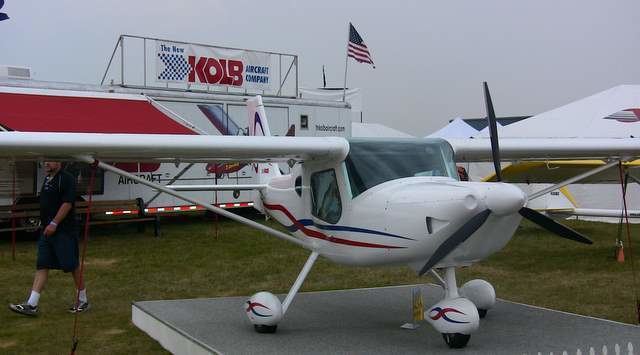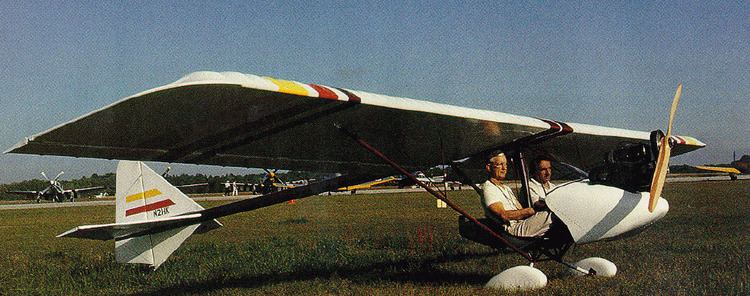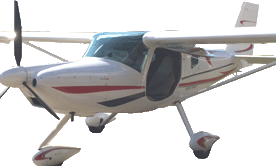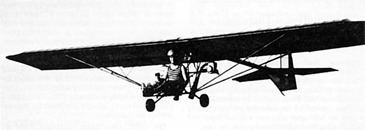First flight 1970 | Manufacturer New Kolb Aircraft | |
 | ||
Kolb flyer twin engine single seat part 103 legal ultralight aircraft
The Kolb Flyer is an American single seat, high wing, strut-braced, twin-engine, pusher configuration, conventional landing gear-equipped ultralight aircraft that was produced in kit form by Kolb Aircraft of Phoenixville, Pennsylvania, and intended for amateur construction.
Contents
- Kolb flyer twin engine single seat part 103 legal ultralight aircraft
- Avi o experimental kolb flyer ss experimental airplane takeoff it polis air show 2016 pu lpl
- Design and development
- Specifications Flyer
- References

The Flyer was the first design produced by Kolb Aircraft. Based on the Flyer's success, the company and its successor, New Kolb Aircraft, have gone on to produce over 3000 aircraft as of 2010.

Avi o experimental kolb flyer ss experimental airplane takeoff it polis air show 2016 pu lpl
Design and development

The Flyer was a very early ultralight design that first flew in 1970. The first aircraft designed by Homer Kolb, it was ahead of its time and was not produced commercially until 1980, when the ultralight boom hit North America.

The Flyer is a very light and simple aircraft with a standard empty weight of only 185 lb (84 kg). It features a completely open cockpit with the pilot exposed to the slipstream. Unusually for this period in aircraft history when most ultralights had two-axis control, the Flyer has standard three-axis controls, including half span ailerons.

When the Flyer was designed there were no suitable lightweight engines available, so the prototype aircraft first fitted Chrysler powerplants. Later these were exchanged for Solo 209 engines producing 11.5 hp (9 kW) each. The small Solo engines make the Flyer a very quiet aircraft in flight.

The design features a forward fuselage of welded 4130 steel tubing, mated to an aluminum tailboom. The horizontal stabilizer, tail fin and wings are also constructed of riveted aluminum tubing with all flying surfaces covered in doped aircraft fabric.
The conventional landing gear consists of sprung steel tubing for the main gear, with a sprung tail skid.
The Flyer was later improved and developed into a single engine aircraft, the Kolb Ultrastar, which succeeded it in production in 1982.
Specifications (Flyer)
Data from Cliche
General characteristics
Performance
Avionics
